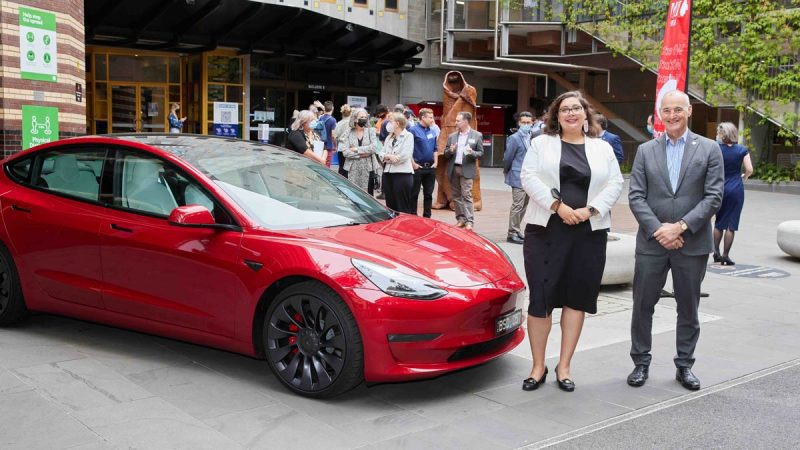The Royal Melbourne Institute of Technology (RMIT) will create an electric vehicle research facility thanks to $5.2 million funding from the Victorian Higher Education State Investment Fund (VHESIF), it announced today.
Situated in the middle of the Melbourne CBD, it has been touted as the largest of its kind in the Southern Hemisphere.
An “Electric Vehicle Living Lab” that focuses on electric vehicle charging infrastructure and how these interact with the grid and batteries will be the centrepiece of the facility, and the centre will also look at how EVs can help to stabilise the grid and increase energy security, as well as develop battery technology.
The project was announced today by Labor minister for higher education, training and skills Gayle Tierney, who underlined the research and job opportunities that the Centre could create.
The state of Victoria has set goals to transition its bus fleet to all-electric by 2025, and aims for half of all new car sales to be all-electric 2030. Findings from the research facility will help to inform a smooth transition to sustainable transport.
“This is an important project for the future of clean, green transport in Victoria but also for our plan to meet net-zero emissions by 2050 through innovative research and the development of new technology,” Tierney said.
Led by the RMIT, the “Supporting the Electrification of Victoria’s Future Fleet” project will also take in the efforts of Monash and La Trobe universities as well as industry partners Siemens, the City of Melbourne, C4NET (Centre for New Energy Technologies) – RMIT’s energy grid and markets centre – and CitiPower/Powercor.
RMIT deputy VC for research and innovation Professor Calum Drummond said in a statement that in addition to work on cutting-edge battery technology and will also simulate “the impacts of wide-scale electric vehicle adoption on electricity grid loading, prices and the broader system.
“As well as applied technology development, a full-scale applied research project will inform policy towards Victoria’s net zero emission targets in the transport sector, proactively addressing both likely and unforeseen challenges as electric vehicles are adopted at accelerated rates,” Drummond said.
C4NET boss James Seymour also wants the lab to create a publicly available electric vehicle data repository that contains real-world data on everything from travel pattern and battery performance of EVs and the user behaviour of owners to how they respond to energy tariffs.
“This publicly available dataset will support electric vehicle research in Victoria, nationally and internationally, filling a critical gap in capability and complements C4NET’s broader data access service from Victoria’s 2.7 million smart meters,” Seymour said.
The funding for the centre comes in reponse to the impact the pandemic has had on universities and will create hands-on learning opportunities for students, VHESIF said.

Bridie Schmidt is associate editor for The Driven, sister site of Renew Economy. She has been writing about electric vehicles since 2018, and has a keen interest in the role that zero-emissions transport has to play in sustainability. She has participated in podcasts such as Download This Show with Marc Fennell and Shirtloads of Science with Karl Kruszelnicki and is co-organiser of the Northern Rivers Electric Vehicle Forum. Bridie also owns a Tesla Model Y and has it available for hire on evee.com.au.

